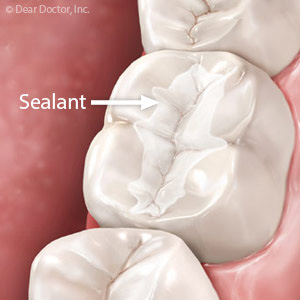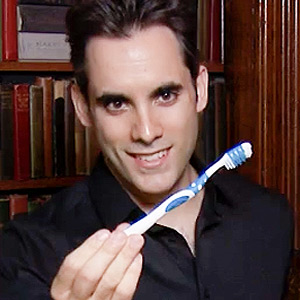Tooth loss is often the unfortunate conclusion to a case of untreated periodontal (gum) disease—incentive enough to try either to prevent it or aggressively treat an infection should it occur. In either case, the objective is the same: to remove all plaque from dental surfaces.
Dental plaque (and its hardened form, tartar) is a thin buildup of bacteria and food particles on tooth surfaces. It’s a ready food source for sustaining the bacteria that cause gum disease. Removing it can prevent an infection or “starve” one that has already begun.
Your first line of prevention is brushing and flossing your teeth daily to remove any accumulated plaque. Next in line are dental cleanings at least twice a year: This removes plaque and tartar that may have survived your daily hygiene.
Plaque removal is also necessary to stop an infection should it occur. Think of it as a more intense dental cleaning: We use many of the same tools and techniques, including scalers (or curettes) or ultrasonic devices to loosen plaque that is then flushed away. But we must often go deeper, to find and remove plaque deposits below the gums and around tooth roots.
This can be challenging, especially if the infection has already caused damage to these areas. For example, the junctures where tooth roots separate from the main body of the tooth, called furcations, are especially vulnerable to disease.
The results of infection around furcations (known as furcation involvements or furcation invasions) can weaken the tooth’s stability. These involvements can begin as a slight groove and ultimately progress to an actual hole that passes from one end to the other (“through and through”).
To stop or attempt to reverse this damage, we must access the roots, sometimes surgically. Once we reach the area, we must remove any plaque deposits and try to stimulate regrowth of gum tissue and attachments around the tooth, as well as new bone to fill in the damage caused by the furcation involvement.
Extensive and aggressive treatment when a furcation involvement occurs—and the earlier, the better—can help save an affected tooth. But the best strategy is preventing gum disease altogether with dedicated oral hygiene and regular dental visits.
If you would like more information on preventing and treating gum disease, please contact us or schedule an appointment for a consultation. You can also learn more about this topic by reading the Dear Doctor magazine article “What are Furcations?”









